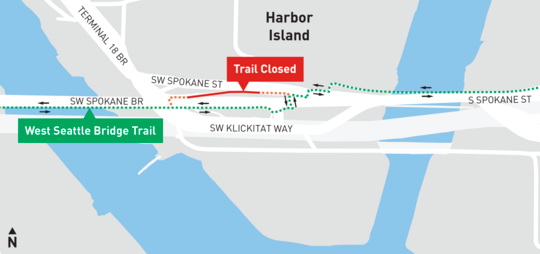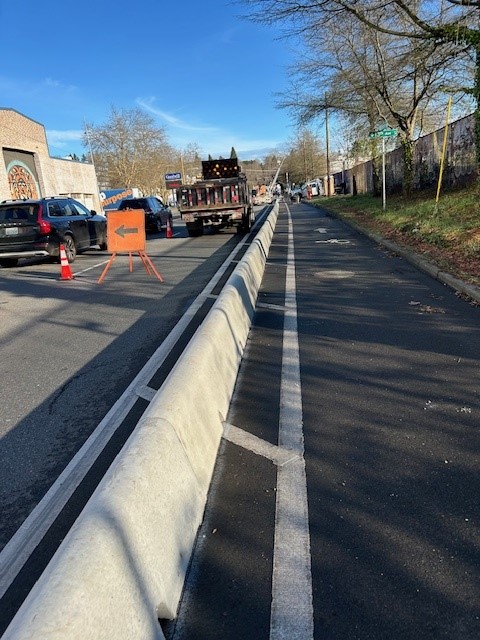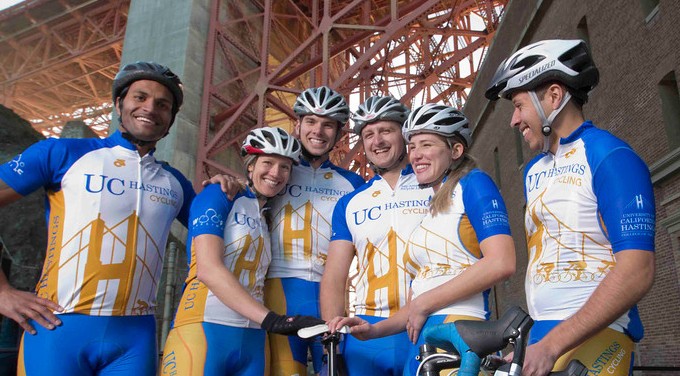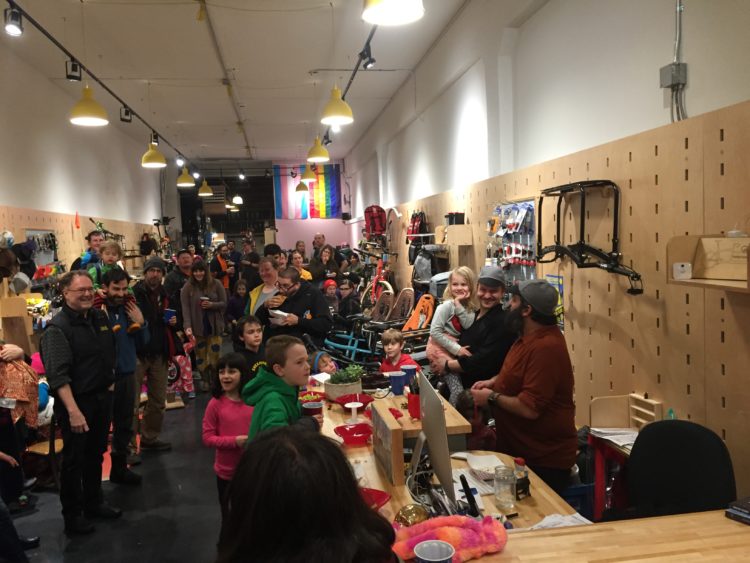
SDOT has closed a section of trail near the east end of the Spokane Street Bridge, effectively closing the trail loop under the bridge and forcing all trail users to use the crosswalks and sidewalks at the intersection of SW Spokane St and 11th Ave SW. The trail will be closed until sometime in April while crews install a new communications line for the swing bridge control system.
One of the crosswalks marked in SDOT’s map was the site of the collision that killed Robb Mason last July. Though the route marked on the map is the most direct route and is commonly used, the trail loop under the bridge is also popular because it allows people to skip using the crosswalks entirely. The construction notice downplays the importance of this trail loop:
“While this work occurs, we will temporarily close a trail spur that branches off the main West Seattle Bridge Trailway. The impact to people who bike, walk, or roll in the area will be minimal. Our project closure site will not affect the main trail over the Spokane St Bridge, or the primary bike route between West Seattle and Downtown used by most people on bikes. Instead, we will be closing a section of the trail that provides an optional loop around the foundation of the Spokane St Bridge used by some bikers.”
I found this determination somewhat surprising since I always use the loop, and I thought it was the main route. While the trail loop has extra distance, you don’t need to wait for the walk signal or worry about car and truck traffic. Those crosswalks have always felt sketchy and in need of more safety enhancements. For example, people driving eastbound across the bridge can take very fast right turns due to the wide turning radius.












